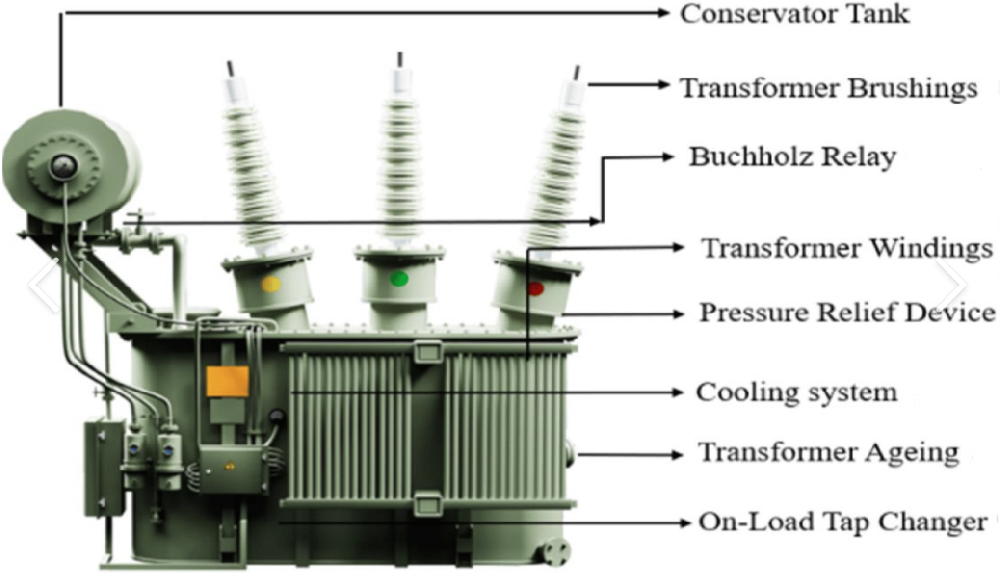Transformer predictive maintenance refers to the application of advanced analytics, machine learning, and IoT technologies to predict and prevent failures in electrical power transformers before they occur. This approach is crucial for utilities and industries that rely heavily on transformers for power transmission and distribution, as unexpected failures can lead to service disruptions, safety hazards, and significant repair or replacement costs.
Here's a breakdown of how transformer predictive maintenance works:
Data Collection: Sensors are installed on transformers to monitor various parameters in real-time. These may include temperature, oil level and quality, humidity, gas levels (for dissolved gases analysis), current and voltage measurements, and vibration patterns. The data is then transmitted to a central system for analysis.
Data Analysis: Advanced analytics and machine learning algorithms analyze the collected data to identify patterns, anomalies, and trends that could indicate impending failures. Algorithms can range from simple threshold-based systems to complex models using artificial neural networks, support vector machines, or random forests.
Condition Monitoring: By continuously monitoring the health indicators of the transformer, predictive maintenance systems can detect deviations from normal operating conditions. This includes identifying early signs of issues like overheating, insulation degradation, and partial discharge.
Predictive Models: Machine learning models are trained on historical data of transformer failures and maintenance records to predict when maintenance will be needed or when a failure is likely to occur. These models learn to recognize patterns that precede failures and can estimate the remaining useful life of components.
Alerts and Recommendations: When the system detects an impending issue, it generates alerts for maintenance teams, providing them with enough time to schedule maintenance activities proactively. It may also recommend specific actions or repairs based on the diagnosed problem.
Preventive Actions: Based on these alerts and recommendations, maintenance teams can take preventive measures such as replacing worn-out parts, topping up oil, or scheduling repairs during off-peak hours to minimize disruptions.
Continuous Improvement: As more data is collected over time, the accuracy of predictive models improves, leading to even more effective maintenance strategies and reduced downtime. 
By implementing transformer predictive maintenance, organizations can significantly reduce maintenance costs, improve equipment reliability, extend asset lifespan, and ensure uninterrupted power supply, ultimately contributing to enhanced operational efficiency and customer satisfaction.